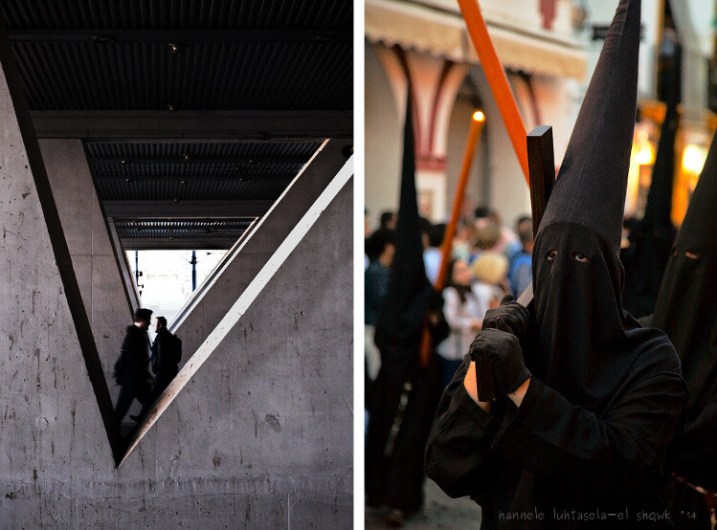Successful Portraits of Children [Matrix Style]
You step out of your car, camera is in one hand and equipment bag in the other. You look back at your two assistants and exchange glances, similar thoughts going through your minds. This is going to be interesting.

You’ve never attempted what you are about to in this shoot. It’s not like you haven’t completed similar shoots, it’s just that, well, this next shoot will push you to the max of your abilities.
Excitement, fear, and trepidation all swirl in your head. As you walk up the drive to your client’s home for the on-location shoot, you survey the beautiful surroundings. Two acres of green grass surrounded by hedges. Strong, sturdy trees. A swing set. You make a mental note to watch the sun spots fall through the trees so your lighting is even.
You quickly run through your checklist one more time:
- Beautiful early morning weather: check
- Bench seat: check
- 4 gig of memory: check
- Lots of energy: check (good thing you had that triple shot on the way over)
- 3 ideas for shots: check
- Camera set to Shutter Speed Priority: check (for this shoot, “capture” is what matters most)
- Camera set to multiple shots: check (you definitely plan on going “trigger happy”)
- Two assistants: check
- Fast thinking for the unexpected: check
You are ready… you hope.
The next thing you know the front door bursts open and a swarm of children run outside: nine kids under the age of nine. “Hey, everyone!” You muster excitement in your voice. “How are you today?” High pitched voices return your greeting. “Ready to take some pictures?”
The kids run to the play set as their grandmother and mothers come out the door. They smile as you chit chat about the Grandchildren shoot. You learn who woke up from their mid-morning nap, and who goes down next. One mother points out to you that her son has been rather crabby this morning, so he may be some work to cooporate. You hope you can remember which one he is.
Most of the kids are swinging (or running around the swings), so you start there. Very quickly you realize that you probably have less than five minutes to set up, take, and capture each shot. Thankfully, you have assistants to help.
You place the two most active boys in the kiddie swing, just hoping they can sit still for 1.5 minutes. You balance the others by pairing older children with younger ones, around and in between the sets of swings.
3 minutes down.
You can tell your time is running out. Your assistants finish adjusting
the children’s positions as you snap a rapid series of test shots. The
moms and grandmother behind you are all calling out for their kids
attention. You would think that 5 people yelling out names would be enough to have everyone looking at the camera in at least one picture.
That is your hope. Of course, that is before the four year old makes a wild break for the house.
Your assistant – a 6’5″ basketball player – chases him down and sets him back in the shot. This time, you take pictures in between him running out of the picture and your assistant inserting him back in. 20 seconds of rapid fire later, it’s time to give the kids a break.
This is where things will get interesting.
“Are we ready for some exercise?” you ask, and the kids respond with shouts. “Okay then! Let’s have a race! We are all going to run to the far tree and back. Whoever comes in first will win okay? On your marks, get set, go!”
Who would have thought that I would be a children’s entertainer as a photographer?
You didn’t ever expect to run across the lawn in the middle of nine
high-energy kids this morning when you woke up. But hey, if it works to
get energy out, you aren’t going to complain. It’s actually pretty fun,
you decide.
Seven minutes of running around and “follow the leader” has the kids
a bit more subdued. You try your next shot. This time, you are going to
get them in action.
“Okay, everyone in a line and holding hands!” Your assistants rush to place the kids as you observe. “That is perfect everyone! Now hold hands, that’s right, good. Now on the count of three, everyone walk slowly toward me! That’s great!”
The rate of walking is uneven, but a series of shots later, you are done.
The mothers rave. “You are so talented! We can’t wait to see the shots.” They gush. You smile and nod, thinking to yourself. I can’t wait to see the shots either.
There was no need to worry, you find out later as you sort through your images. In over 200 shots there are about 8 to choose from that are beautiful. And apparently, as you note from their print orders, the Mom’s and Grandmother felt the same way.
Mission accomplished.























 In my last post I talked about
In my last post I talked about 


















